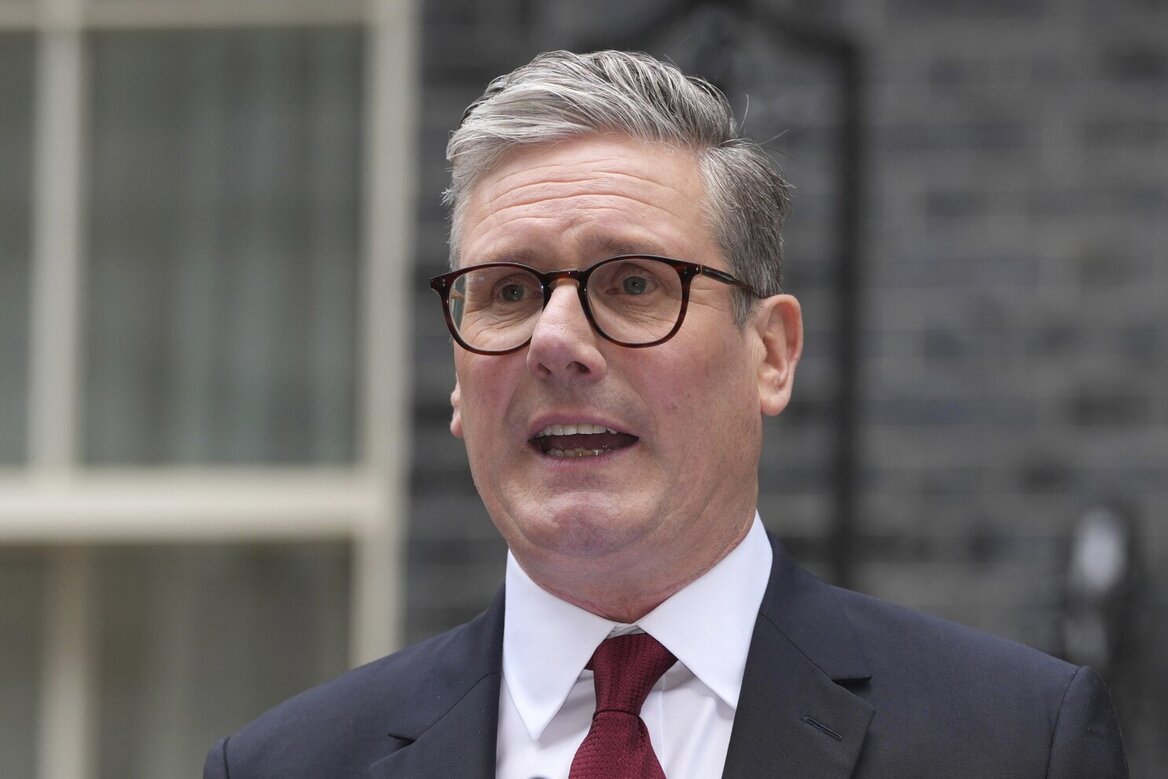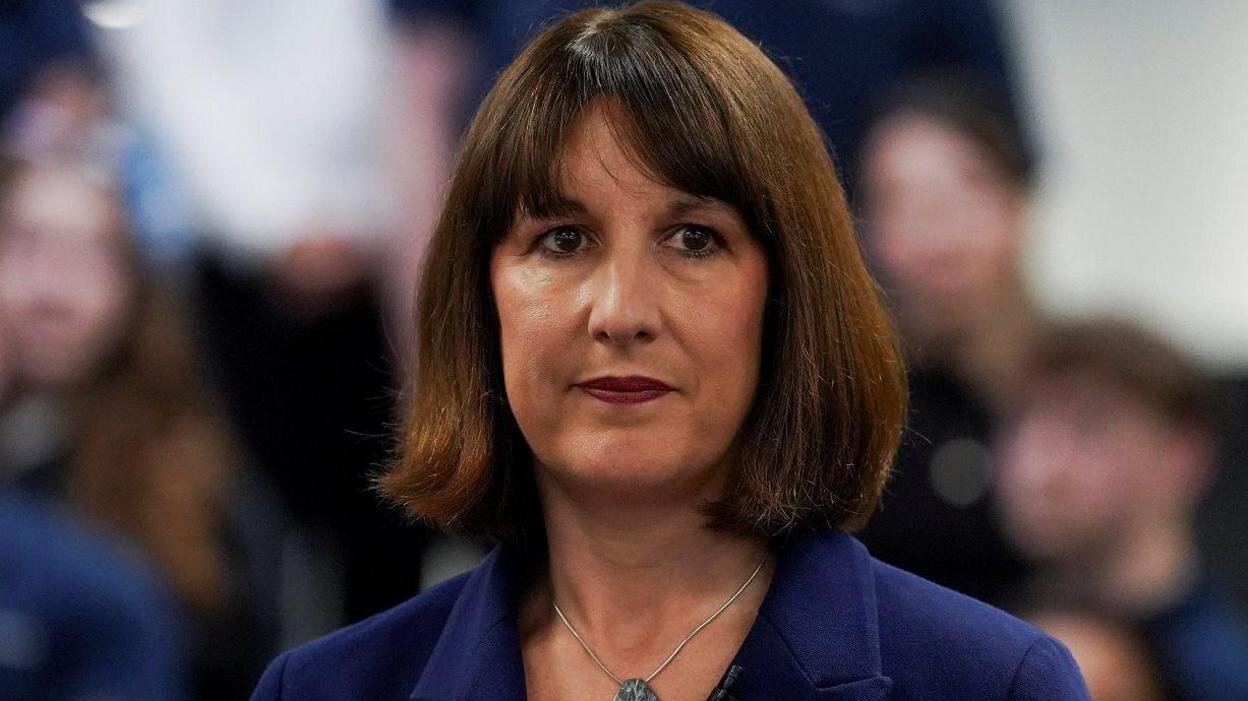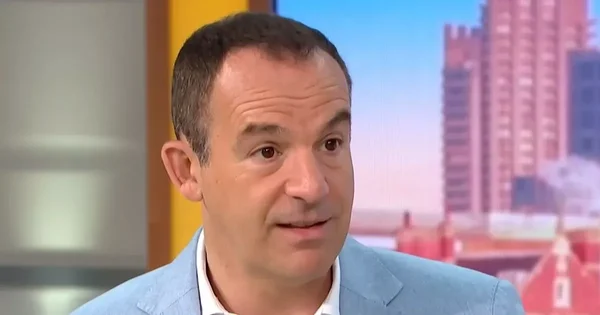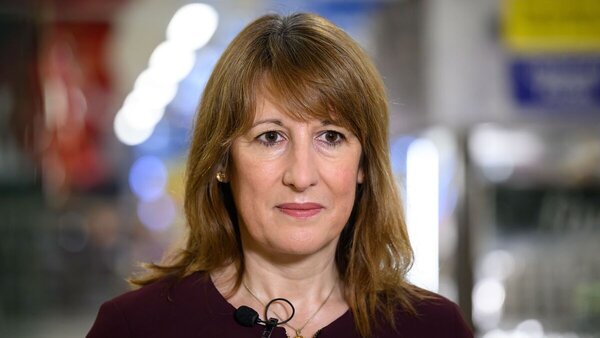The UK Labour government is considering a measure that could significantly ease household expenses by cutting the 5% Value Added Tax (VAT) on domestic energy bills. Chancellor Rachel Reeves has asked ministers to explore this among other ideas to reduce the financial pressure on households. If adopted, removing VAT could reduce energy bills by around £86 per year for a typical family.
This plan is part of a broader effort from Prime Minister Keir Starmer’s administration to confront inflation and “get serious” about bringing down the cost of living. Meanwhile, energy prices are expected to increase from October, when Ofgem’s price cap is set to rise pushing up average bills by about 2%, or £35.14 annually, from current levels. The average annual domestic energy bill is projected to reach £1,755, placing further strain on many households.
What the VAT Proposal Entails
One of the key options under consideration is to eliminate the 5% VAT currently charged on domestic energy bills. By moving the rate from 5% down to zero, the government estimates that families would save approximately £86 per year. The proposal is being looked at seriously by Chancellor Reeves and her team as a way to ease financial burdens for energy consumers.
According to a Treasury insider, this move is being weighed alongside other measures intended to reduce domestic costs. The objective is to mitigate the impact of increasing energy prices and rising inflation.
Context: Rising Energy Costs & Price Cap Increase
Households are bracing themselves for higher energy bills as the regulatory agency Ofgem is expected to raise the energy price cap from October. The increase is forecast at about 2%, which translates into roughly £2.93 per month or £35.14 over the course of a year. As a result, the average annual energy bill will rise to approximately £1,755.
This increase adds urgency to government discussions, making VAT relief one of several options under review to protect consumers from worsening energy costs.
Government Motivations & Political Context
Labour’s leadership including Prime Minister Keir Starmer has said they are determined to tackle inflation and help reduce household living costs. A Treasury source stated: “The chancellor told cabinet that both she and the prime minister are determined to tackle inflation, address the cost of living crisis and get serious about bringing down energy bills.”
The VAT cut idea is being considered in the lead‐up to important fiscal decisions, including the Autumn Budget. The goal is to deliver visible relief to households while balancing the demands on government finances.

Opposition Views & Concerns
Not everyone supports the VAT reduction plan. Critics suggest that such a blanket cut would benefit households with larger energy consumption typically more affluent ones more than those who use less energy.
Tax expert Dan Neidle has argued that “targeted assistance” would be more suitable, allowing the government to focus support on households in greater financial distress rather than applying a uniform policy. This perspective raises concerns about fairness and the efficient use of public funds.
Alternatives & Support Measures: Fixed Tariffs, Debt Advice
While the VAT proposal is under review, there are other paths households can explore to manage energy costs. One such option is signing up for fixed energy tariffs before price increases hit. Fixing rates can shield consumers from the full impact of price cap rises.
Energy suppliers are introducing fixed deals: for example, Utility Warehouse has rolled out four new fixed‐rate plans between September 16 and 18. The tariffs are priced at £1,565, £1,568, £1,570, and £1,560 per year under different offerings.
For households already burdened with debt from unpaid energy bills, comparison site MoneySuperMarket advises: if possible, settle the debt swiftly; if not, contact the supplier to arrange a repayment plan. Those finding regular payments difficult are encouraged to request adjustments to make them more manageable.
Wider Implications & Fiscal Trade‐Offs
Removing VAT on domestic energy would have budget consequences. While it could ease many households’ burdens, it would also reduce government tax revenue. Critics and experts warn that with public finances already under pressure, any such tax cut must be weighed against the risk of increased deficits or reduced funding elsewhere.
There is also a debate over the most equitable way to deliver relief: whether through universal measures like a VAT cut, or by more precisely targeted support to those in greatest need. Equity, efficiency, and political feasibility all come into play.

Final Summary
The Labour government’s proposal to scrap the 5% VAT on domestic energy bills could deliver meaningful savings of roughly £86 per household per year at a time when many families are facing increasing bills due to rising inflation and a looming energy price cap hike. With average annual bill projections reaching £1,755 following a 2% increase from October, the relief could offer welcome breathing space.
At Pie, we help households stay informed about major tax and cost‐of‐living policy changes like this one, empowering people to make smarter financial choices. This proposal reflects strong political will from the highest levels Prime Minister Starmer and Chancellor Reeves but it is not without challenges. Opponents argue that such a tax cut benefits households with higher energy usage more, leaving those with lower usage or incomes less advantaged. Alternative routes, including fixed‐tariff contracts and targeted aid, may offer more tailored support.
Ultimately, decisions to reduce VAT will have to balance immediate consumer relief with long‐term fiscal sustainability. The coming weeks, particularly leading up to the Autumn Budget, will reveal whether this proposal becomes concrete policy, and how it will be shaped to ensure fairness and impact.











